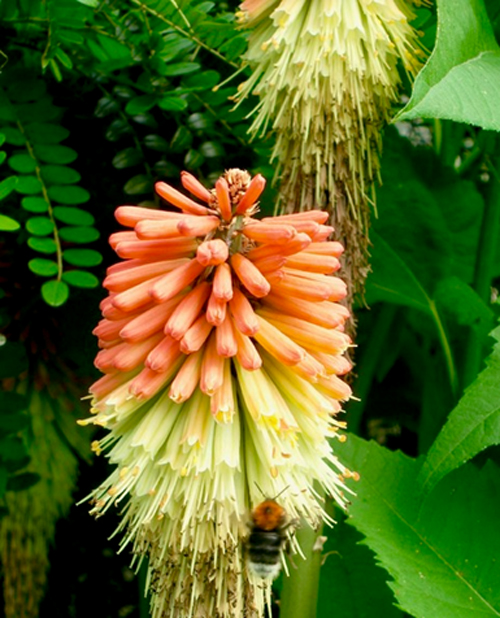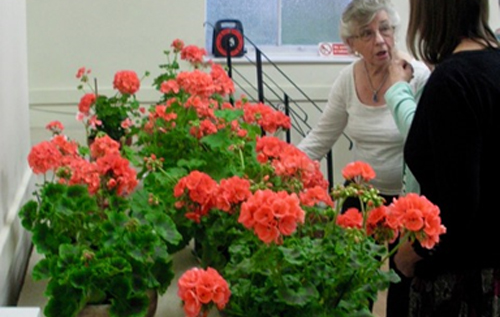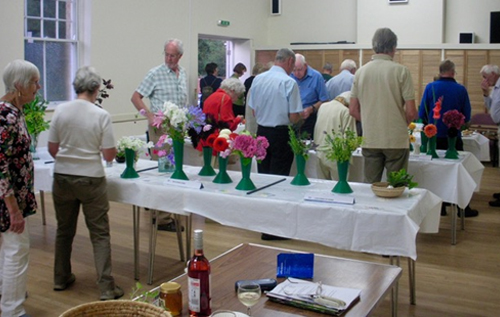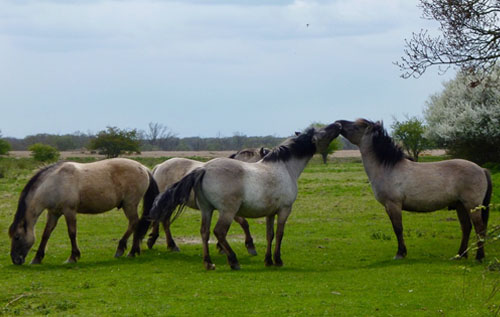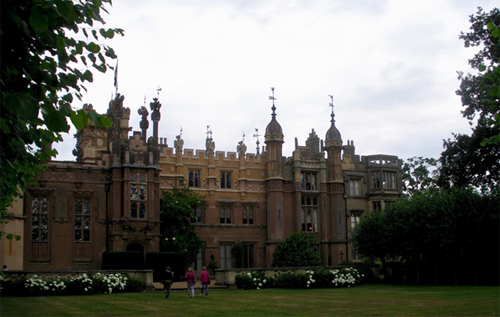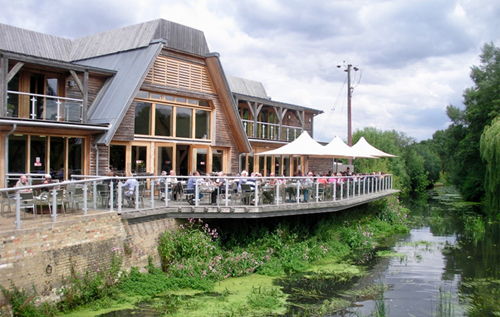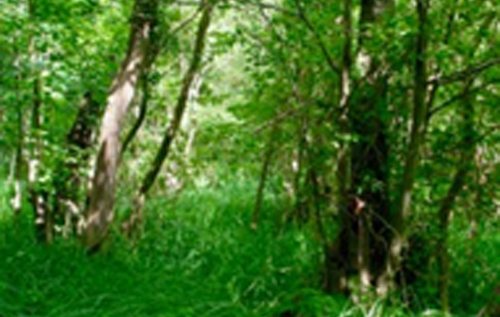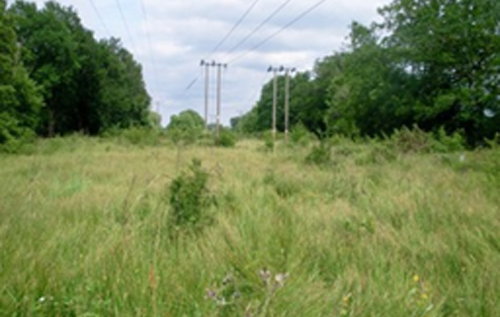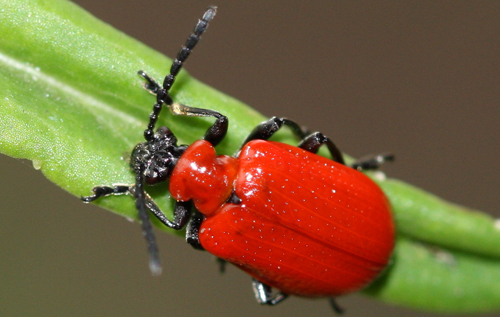I recently enjoyed a (free) talk on “Life in the undergrowth, a safari through a typical Norfolk garden” at Bawdeswell Village Hall given by Mark Webster of The Conservation Volunteers, sponsored by the Heritage Lottery Fund.
He was raising awareness of the less obvious, diminutive dwellers just outside our back door: butterflies, bees, moths, ladybirds, hoverflies, beetles, woodlice, worms, centipedes, millipedes, bats, newts, frogs, reptiles and more.
What a valuable resource our domestic gardens are, principally because our desire for variety and pretty flowers for an extended period for our own enjoyment also provides a useful, indeed vital, habitat for a wide variety of wildlife.
It is interesting to set up a pitfall trap: just a small container with smooth sides set in the soil at ground level, which will catch night-time wanderers you wouldn’t see unless you had plenty of time to sit, do nothing and just watch.
Let them go, of course, when you have identified them, and if you need help with identification then google “iSpot”.
Also try “Wild About Gardens”, which is an online resource organised by the Royal Horticultural Society and the Wildlife Trusts, and has lots of practical, tried and tested information to help you make wild visitors to your garden comfortable and more likely to linger.
Yet more information can be found on the Buglife website.
Here are two, easy, practical ways in which you can help these tiny creatures survive and even thrive now: avoid chemicals and provide a watery place in your garden, however small.
Even a tiny pond made using an old tyre as a base, and PVC or butyl will be quickly inhabited.
I am frequently shocked by the senseless and unthinking way seemingly intelligent people consider it fair, right and normal to kill any insect impinging on their life.
This needs to change. We must rethink our attitudes and learn to be amiable and supportive of all the tiny lifeforms, not just the attractive and colourful butterflies and bees, but the inconvenient caterpillars and ugly beetles, slugs and earwigs.
- At 11.15 am on Friday 10 November at Foxley Wood, Norfolk’s largest ancient woodland, there is a free talk about mosses with Robin Stevenson.
Victoria Plum
